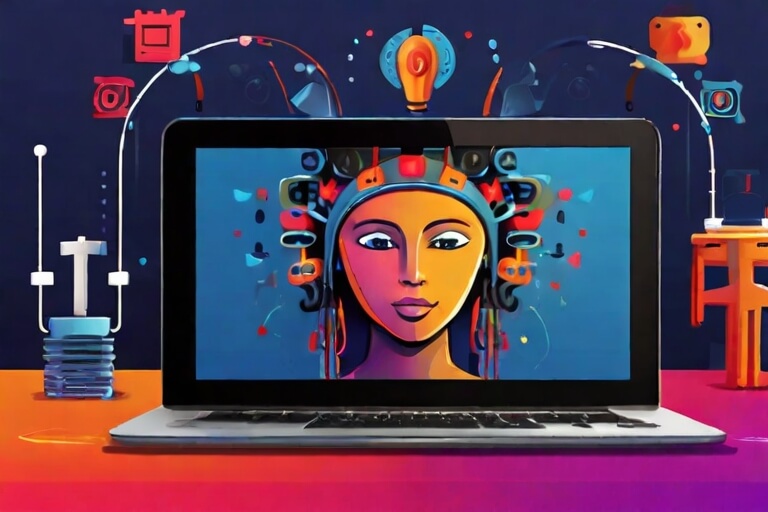Deepfakes and Ethical Boundaries: Protecting Brands in Online Marketing

Related Posts

Ethical Implications of AI Chatbots in Customer Engagement for Online Brands
The Influence of AI Chatbots on Customer Engagement for Online Brands As the advancement of artificial intelligence (AI) continues to reshape various industries, online brands have started to leverage AI chatbots to enhance their customer engagement strategies. AI chatbots are...

The Future of Ethical AI Guidelines: Shaping Responsible Practices in Online Marketing
Understanding Ethical AI Guidelines in Online Marketing Online marketing has revolutionized the way companies promote their products and reach out to potential customers. With the advent of artificial intelligence (AI), marketers now have access to powerful algorithms that can analyze...

Balancing Personalization and Privacy: Ethical Approaches to AI-Driven Marketing
Understanding the Impact of AI-Driven Marketing on Personalization and Privacy Artificial Intelligence (AI) has revolutionized the field of marketing, enabling businesses to personalize their advertising strategies and tailor them to individual consumer preferences. With AI-driven marketing, companies can analyze vast...
Table of Contents
hide
